Product Description
The BM1000A Pulse Oximeter is handheld device with detachable SpO2 sensor (BSA09001P), and it has following features:
■Simple and convenient usage of product.
■Small volume, light weight, convenient to carry.
Lower consumption, original two AA batteries can continuously work for 14 hours at
■Low voltage reminder shows in screen when there’s low battery, may influence the normal working.
The machine will automatically power off when there’s no signal generated. Daily maintenance and calibration is unnecessary, except changing the batteries
Intelligent reminder function: buzzer automessary excenter when the value exceeds
the normal range. Numerical value flickers.
Handheld Pulse Oximeter BM1000A
Item No.: BM1000A
Palm Oximeter
BM1000A Palm Pulse Oximeter is an important and common device to check oxygen saturation (SpO2) and pulse rate.
Convenient
Compact appearance, more convenient to carry. The adult probe is changeable and optional. Two 1.5V AA batteries can be used continuously for more than 14 hours, more environmental protection and energy saving.Automatic power down when there is no use for about 10 seconds.
Resting Heart Rate
Heart beats per minute while at rest tell much about your internal health and fitness levels. It is a strong indicator of your risk for heart problems.
Blood Oxygen Level
Your body requires a very precise balance of oxygen in the blood. For your body to perform optimally, blood oxygen levels should be above 95%.
Bluetooth
Can be connected to the phone or pad via Bluetooth, and through the APP data analysis and preservation.
alarm limits Audible and visual alarm when value exceeds the limit, alarm limits adjustable.

Packing List
1) Pulse oximeter SpOs sensor
1) The operation manual
1) APP operation guide
1) Expected service life:
Safety Information
• The person who uses the pulse oximeter must receive adequate training before
use.
• The pulse oximeter is intended only as an adjunct in patient assessment. It must be used in conjunction with clinical signs and symptoms. It is not intended as a device used for treatment purposes.
• When using the pulse oximeter together with the electrical surgery equipment, the user should pay attention to and guarantee the safety of the patient being measured.
• EXPLOSION HAZARD: Do not use the pulse oximeter in the presence of flammable anaesthetics, explosive substances, vapors or liquids.
• Make sure not to use the pulse oximeter during MRI (magnetic resonance imaging) scanning or CT (Computed Tomography) environment because induced current could potentially cause burns. • The pulse oximeter is without alarm function. Continuous monitoring for a long
time is not suitable.
• No modification of the pulse oximeter is allowed. Maintenance should be operated by professional maintenance personnel who are approved by the manufacturer.
• Please shut off the power before cleaning the pulse oximeter. Never permit high-pressure and high-temperature disinfection of the device. Never use cleaning agents/disinfectants other than the recommended.
• The pulse oximeter is a commonly sealed product. Keep its surface dry and clean, and prevent any liquid from infiltrating it.
• The pulse oximeter is precise and fragile. Avoid pressure, knock, strong vibration or other mechanical damage. Hold it carefully and lightly. If it is not in use, it should be appropriately placed.
• For disposal of pulse oximeters and accessories, follow local regulations or your hospital’s policy regarding disposal of such pulse oximeters and accessories. Do not dispose randomly.
• Use AA alkaline batteries. Do not use carbon or poor-quality batteries. Remove the batteries if the product is not to be used for a long time.
• Please use the SpO2 sensor matching with the product or use the SpO2 sensor
which the manufacturer has approved of. The operator is responsible for
checking the compatibility of the pulse oximeter, sensor and cable before use.
And incompatible components can result in degrading performance. If there are signs of damage, please stop using it. • If the patient is an intended operator, you must read the operation manual carefully and understand deeply or consult with the doctor and manufacturer before using. If you have any discomfort in use, please stop using it immediately and go to the
hospital. • If the accessories are intended for single use, please scrap them according to relevant regulations after use. It is forbidden to re-use.
A functional tester can’t be used to assess the accuracy.
Avoid static electricity, before using the pulse oximeter, confirm the direct or indirect static electricity of all the operators and patients who contact with the instrument.
When in use, try to make the pulse oximeter away from the radio receiver. • If the pulse oximeter uses unspecified and without EMC test system configuration,
it can enhance electromagnetic radiation or reduce anti-electromagnetic
interference performance. Please use the specified configuration. • Portable and mobile radio frequency communication equipment can affect the normal use of the pulse oximeter.
• The pulse oximeter should not be close to or stacked with other equipment, if you must be close to or stack them in use, you should observe and verify that it can run normally with the configuration which it uses.
If the product is intended to allow direct diagnosis or monitoring of vital physiological processes, then it is likely to result in immediate danger to the patient.
• Use of this equipment adjacent to or stacked with other equipment should be avoided because it could result in improper operation. If such use is necessary, this equipment and the other equipment should be observed to verify that they are operating normally.
• Portable RF communications equipment (including peripherals such as antenna cables and external antennas) should be used no closer than 30 cm (12 inches) to any part of the Pulse Oximeter/BM1000A, including cables specified by the manufacturer. Otherwise, degradation of the performance of this equipment could result.
• It’s necessary to use the accessory, the oxygen saturation sensor, and the cable supplied with this oximeter or approved by the manufacturer. Be sure to check the compatibility of the oxygen saturation sensor with the oximeter before use. If unspecified accessories, oxygen saturation sensors, and cables are used, electromagnetic radiation may be enhanced or EMI immunity may be reduced.
• Please keep this oximeter and its accessories in a safe place to prevent pet bites from breaking or pests from entering. Keep oximeters and small parts such as batteries out of the reach of children to avoid accidents.
Mental retarded persons must be used under the guardianship of normal adults to avoid strangulation due to cables. Connect accessories carefully to avoid the patient being twined or strangulated.
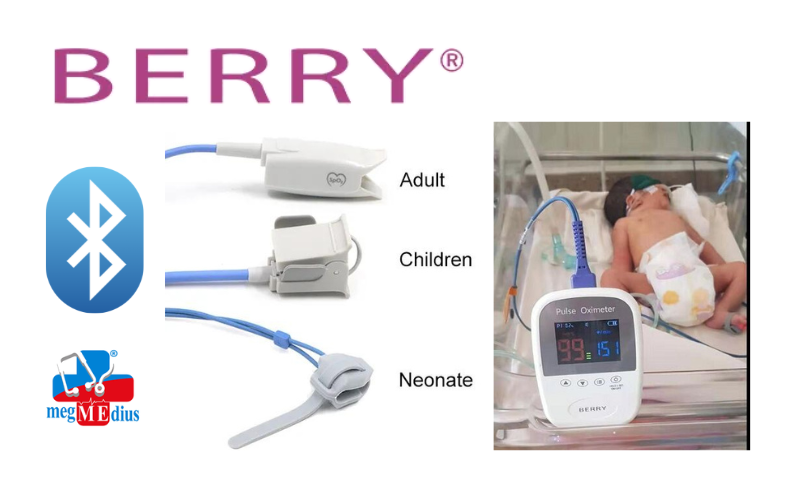 Technical Specifications
Technical Specifications
1. Product specifications:
Display mode: LCD
Size: 150 (H) x 90 (W) x 26(D) mm
Weight: 116g±1g (Do not contain batteries and sensor)
2. Electrical specifications:
Working voltage: D.C. 2.32V~D.C.3.4V
Battery type: Two common 1.5V AA alkaline batteries
Power consumption: Smaller than 80mA
3. SpO2:
Measurement range: 35~100%
Accuracy: ±2% (80%~100%); ±3% (70%~79%)
NOTE
• The method of confirming the blood oxygen measurement accuracy is to compare the oximetry measurement value with the value of blood gas analyzer.
4. Pulse Rate:
Measurement range: 25~250bpm
Accuracy: ±2bpm
• Pulse Rate accuracy has passed proving and comparison with SpO2 simulator.
5. Wireless Bluetooth Parameters
Bluetooth protocol version: 4.2
Frequency range: 2402.00~2484.00MHz
Occupied bandwidth: ≤2.5 MHz
Effective radiated power: ≤4 dBm
6. Environment requirements:
NOTE:
• When the environment temperature is 20°C, the time required for Pulse Oximeter to warm from the minimum storage temperature between uses until it is ready for intended
use is 30 to 60 minutes.
• When the environment temperature is 20 °C, the time required for Pulse Oximeter to cool from the maximum storage temperature between uses until it is ready for intended
use is 30 to 60 minutes.
Temperature:
Operation: +5~+40 °C
Transportation and storage: -10~+50℃
Humidity:
Operation: 15%~80% (noncondensing)
Transportation and storage: 10%~90% (noncondensing)
Atmospheric pressure:
Operation: 860hPa~1060hPa
Transportation and storage: 700hPa~1060hPa
NOTE:
The operator should not use the system and should inform customer service, if the ESSENTIAL PERFORMANCE is lost or degraded to EM DISTURBANCES.

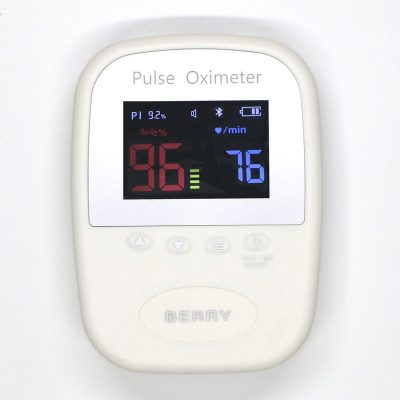
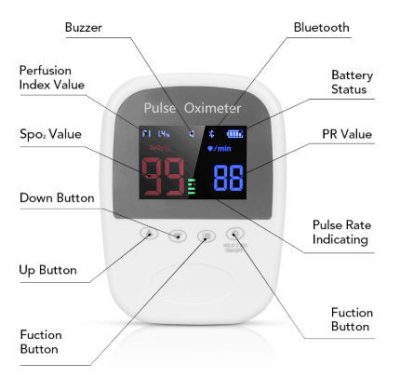
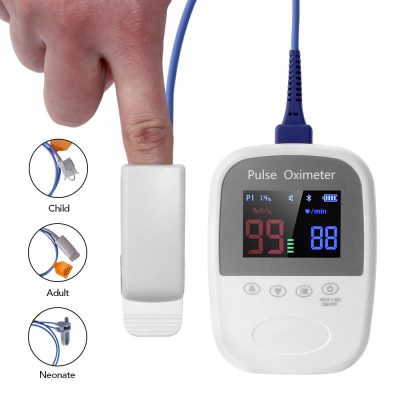

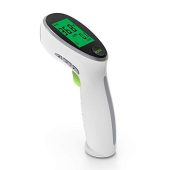
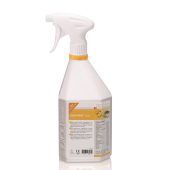
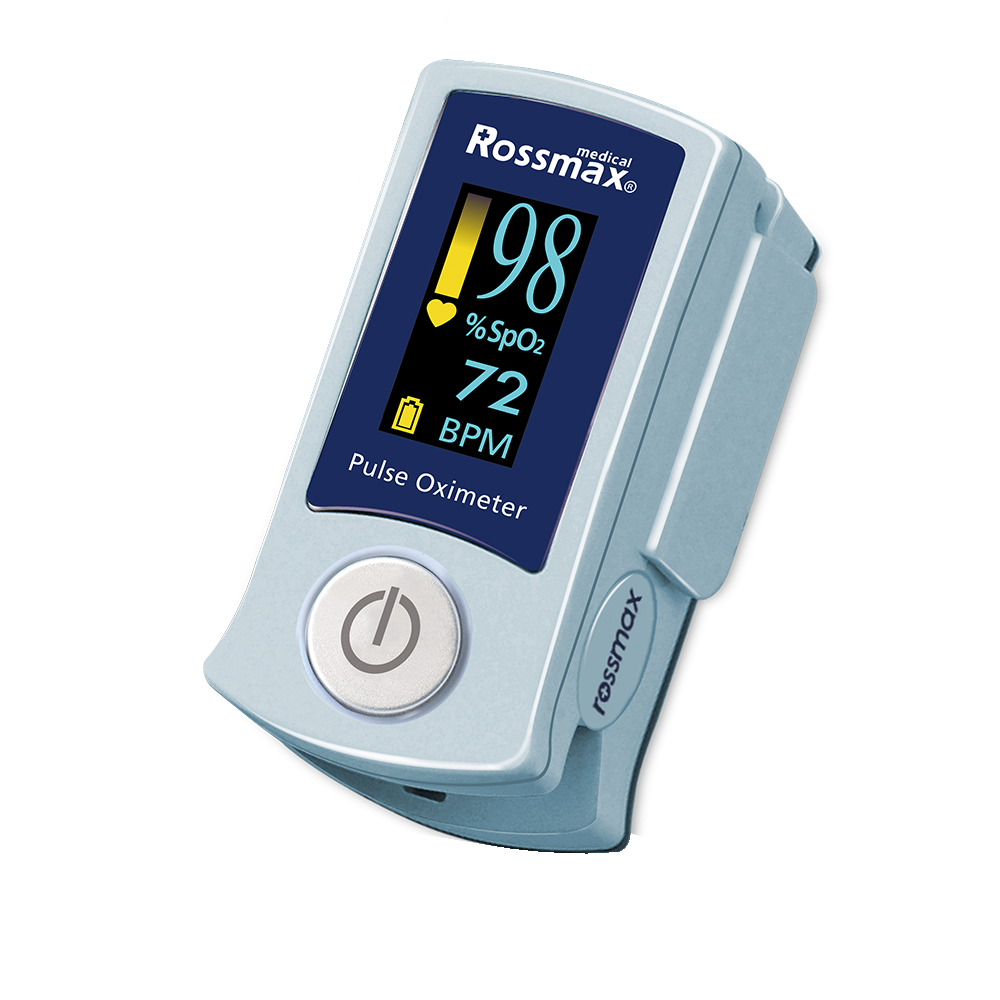
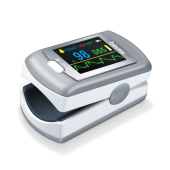

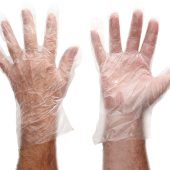
Reviews
There are no reviews yet.